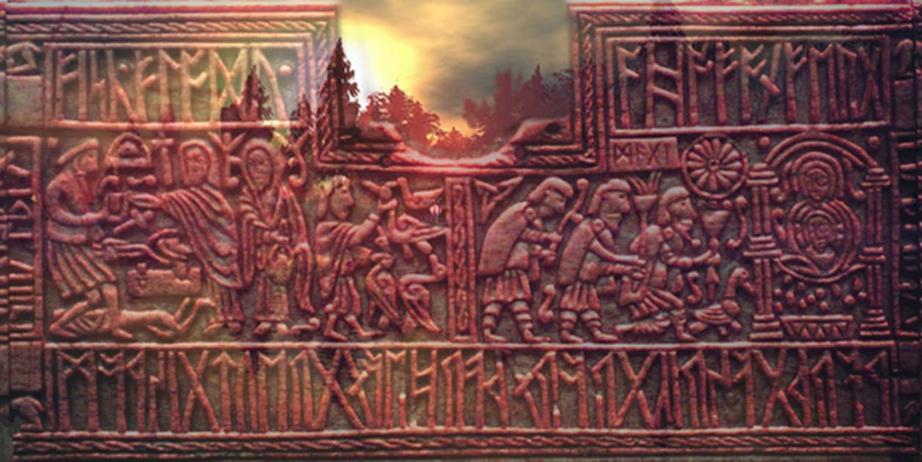Ancient magic of the runes - hidden symbols, messages and powerful numbers
The etymology of the word “rune” means: “to carve, or to cut.” In Low German the word is “raunen.” As the runes were cut and carved into wood, metal or stone, the word “rune” was analogous to the rune letters themselves. Their form and shape varied according to the materials.
For example, runes carved into wood had more straight lines than the more rounded rune shapes inscribed into granite.
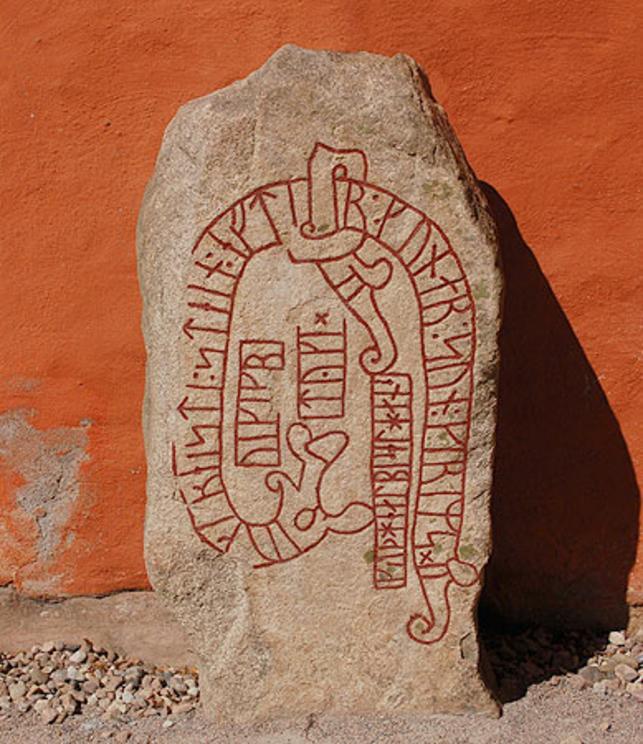 Runestone Sm10 behind Växjö cathedral. It reads:”Tyke – Tyke Viking – erected this stone in memory of Gunnar, Grim’s son. May God help his soul.”
Runestone Sm10 behind Växjö cathedral. It reads:”Tyke – Tyke Viking – erected this stone in memory of Gunnar, Grim’s son. May God help his soul.”
In Northern Europe the runes were actively used for a thousand years approximately between the ages of 150 CE to 1100 CE, and like any writing system, they were used as a reliable form of information storage and as a verbal representation.
After 1100 CE they were replaced by the Latin writing system with the incoming colonization of Rome.
Magical Symbolism
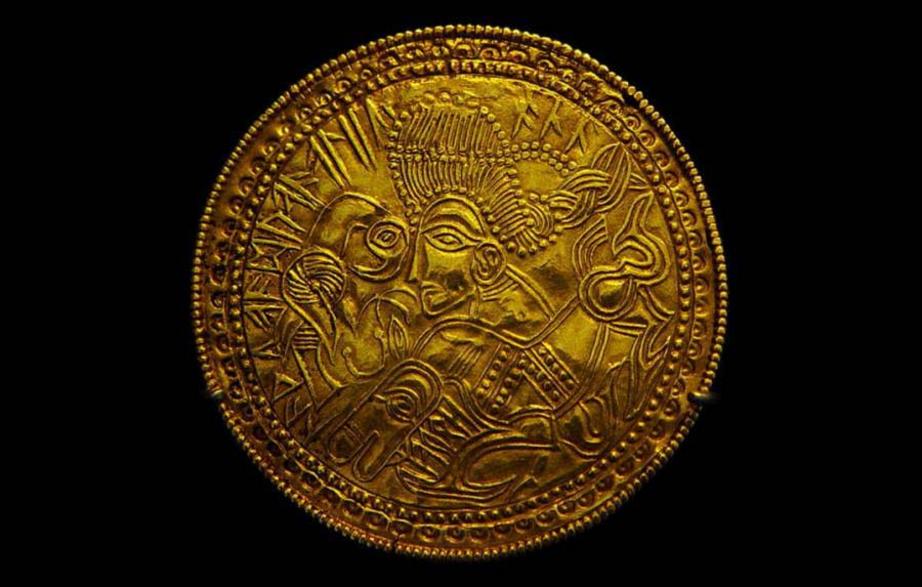 Bracteate DR BR42 bearing the inscription Alu.
Bracteate DR BR42 bearing the inscription Alu.
However, when we study the runes and runic objects, we do not only come across linguistic patterns representing practical information such as accounts of dates and names, we also come across “non-linguistic” inscriptions which represent magical symbolism and incantations of protections, blessings or curses.
The most famous example is the rune trio ALU. This trio is seen carved in brooches and magical bracteate (thin single-sided gold discs worn as jewelry in Northern Europe during the Iron Age), the motifs on the discs are of Northern mythology with icons giving protection.
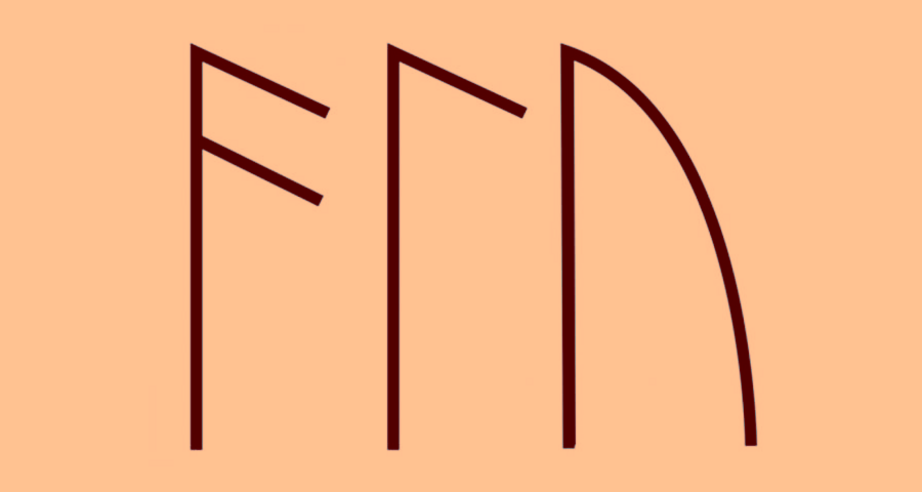 The runic charm word ALU
The runic charm word ALU
Inscribing weapons and tools with runes was a widespread magical practice. Reading the Poetic Edda, the Sigrdrífumál mentions “victory runes” to be carved on a sword, “some on the grasp and some on the inlay, and name Tyr twice.”
These examples reveal that the runes contained in themselves an old magical form and tradition: each rune had a potent symbolic meaning and had an underlying purpose.
But sadly, as the runic writing faded away, so did its magical use and today we only have a few echoes left from this “thousand-year-long” history.
Hidden Knowledge
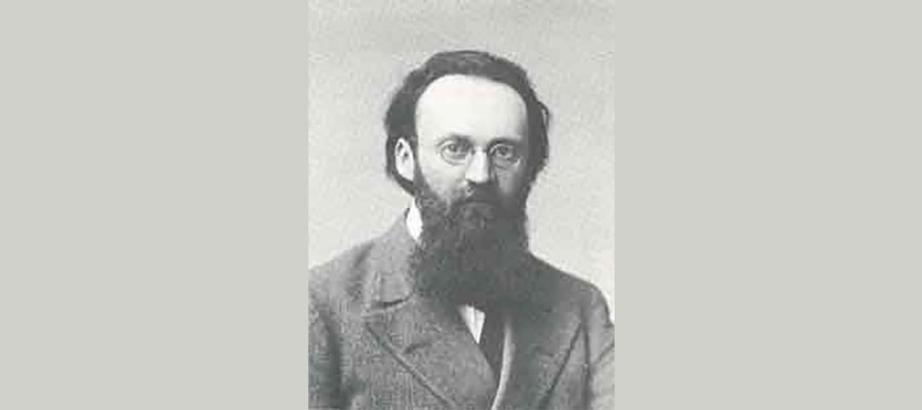 Sigurd Agrell (1881–1937), Swedish poet, runologist and professor in Slavic languages at Lund University, Sweden.
Sigurd Agrell (1881–1937), Swedish poet, runologist and professor in Slavic languages at Lund University, Sweden.
Professor Sigurd Agrell dedicated his whole life to try and uncover the magical and non-linguistic significance of the runes to regain some of the knowledge that we had lost.
The subject of runes and language is vast, but I am hoping here to leave the reader with a glimpse of the magical information that Professor Agrell revealed to us in the 1920’s, and how it can offer us an understanding of the many layers of the meaning of the runes.
What he set out to study first was the sequential listing of the rune alphabet itself— this is the basic A to Z, and to find out how the runic letters were organized. The rune-row and sequence can only be found in three places: the Kylver Stone, the Vadstena bracteate, and the Grumpan bracteate.
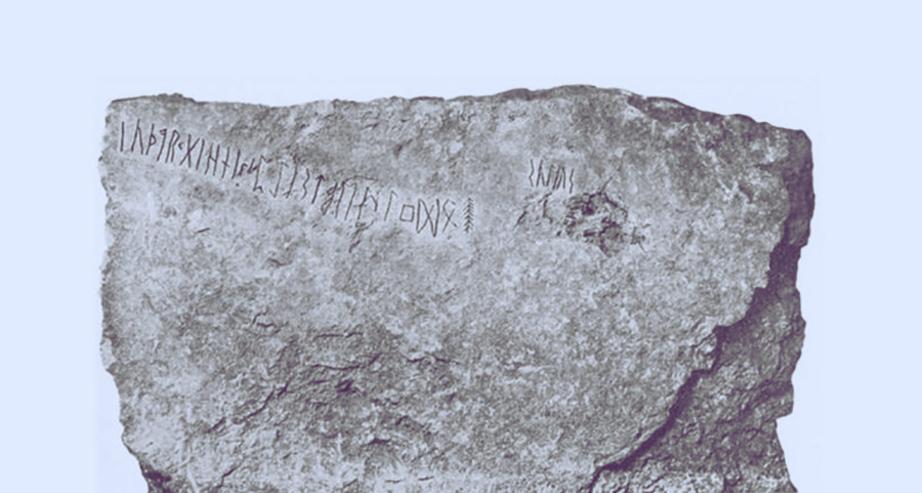 The Kylver runestone from Gotland, Sweden.
The Kylver runestone from Gotland, Sweden.
When we approach these talismans and carvings something unexpected happens immediately – and here lies the first part of Professor Argell’s uncovering: when you look closely at the Kylver stone rune-row, the runes have a different sequence of letters than the other amulets.
For example, on the Kylver stone the rune ODAL is the last rune and on the Vadstena and Grumpan bracteate the rune DAGAZ is the last — both runes have shifted positions, comparatively it would be as if suddenly the Y was listed after Z in our own alphabet.
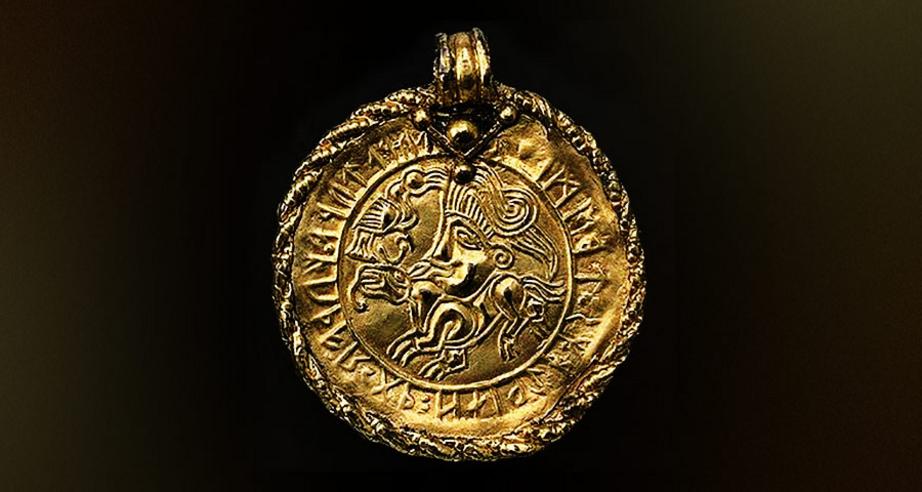 Vadstena Bracteate
Vadstena Bracteate
Today, scholars regard the bracteates as a more reliable source as they were “stamped” into the amulets and worn by people, whereas the Kylver stone was carved by hand by one individual, and it looks as if it was done in haste, but we cannot be sure of this discrepancy.
Ancient Gods
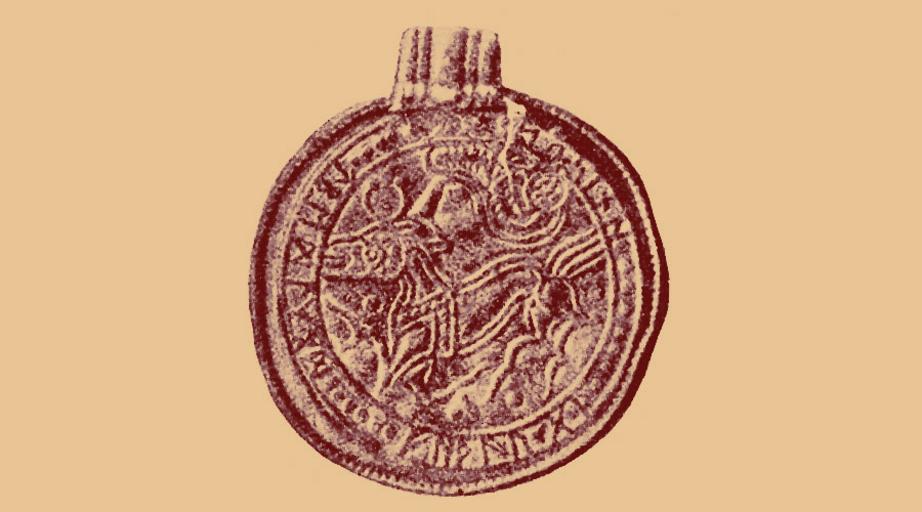 Grumpan Bracteate
Grumpan Bracteate
The bracteates were imitations of the Emperor coins of late antiquity. To illustrate this further, on the Vadstena Bracteate you find the head of a horned bull and behind it, the head of man; in late antiquity, this was the symbol of the God Meithra (or Mithras) next to a sacrificial bull.
The God Meithra was affiliated with Roman soldiers and called the “unconquerable God,” his bracteate would have been worn by the soldiers for protection when they went into battle and these bracteates were worn late into the Christian era.
Many German soldiers served in the Roman armies, and the Emperor Commodus himself was an initiate of the Meithras religion, which increased in numbers amongst officials and soldiers. The northern bracteate’s relationship to the late antiquity coin is clear to see simply with the naked eye: they are identical in design.
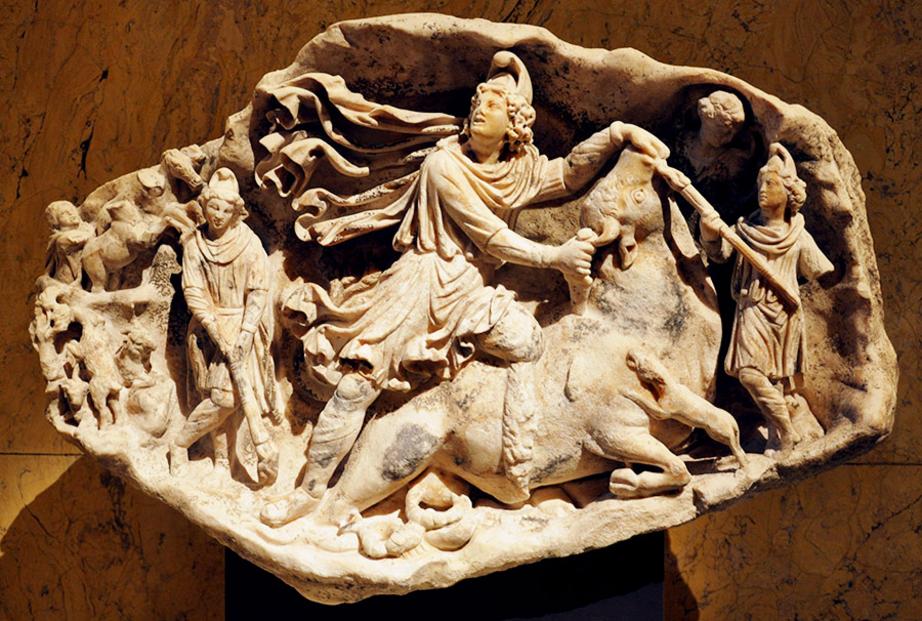 Mithras Relief (Tauroctony), from Aquileia, 2nd half of 2nd century AD.
Mithras Relief (Tauroctony), from Aquileia, 2nd half of 2nd century AD.
On the Vadstena Bracteate, apart from the rune-row script which reveals the row of letters, there is also an incantation stamped on it which spells out: tuwatuwa. Now, Prof. Argell started to examine if he could find a cypher and discover some underlying magical formula within this incantation.
He proceeded to give each rune a number according to their position in the FUTHARK rune row. To reiterate, the FUTHARK rune row is the A to Z of the rune alphabet: in his method, the rune F would represent the number 1, just like A would represent 1 in our alphabet, the rune Uruz would represent 2, rune Thurs would be 3 and so on, up to the last rune Dagaz for 24. When he calculated and multiplied all the runes in tuwatuwa he found them to be: 17+2+8+4+17+2+8+4 = 62. This was a disappointing number as it was not affiliated to any magical number symbolism or pattern that he could understand.
However, Prof. Agrell was aware that most of the magical formulas were hidden from the uninitiated, something that is practiced in all occult circles worthy of the name up until today, so why would it be different with the runes? In paradox, due to the failure in seeing a clear magical pattern from the incantation, he started to believe that the Futhark rune row must be a cipher to confuse and hide the inner meaning of the incantation.
After much researching and mixing the rune-rows around for a long period of time without result, he finally ended up removing the first rune Fehu and put it in the very last position; which revealed a new rune-row now named the Uthark, with Uruz taking the first place.
He used the same concept that we see on a deck of playing cards (which also has divinatory and occult roots). For those who play card games you may have noticed that when the ace card is in the pack it is the lowest number and counted as number one, but as soon as any game is played, the ace suddenly transforms and becomes the highest scoring card.
In a similar way, he took the incantation of tuwatuwa and calculated it again using the Uthark rune-row, and it revealed: 16+1+7+3+16+1+7+3 = 54.
In ancient numerology and according to Prof. Agrell, this reveals the number for the God Meithras.
Significant Numbers
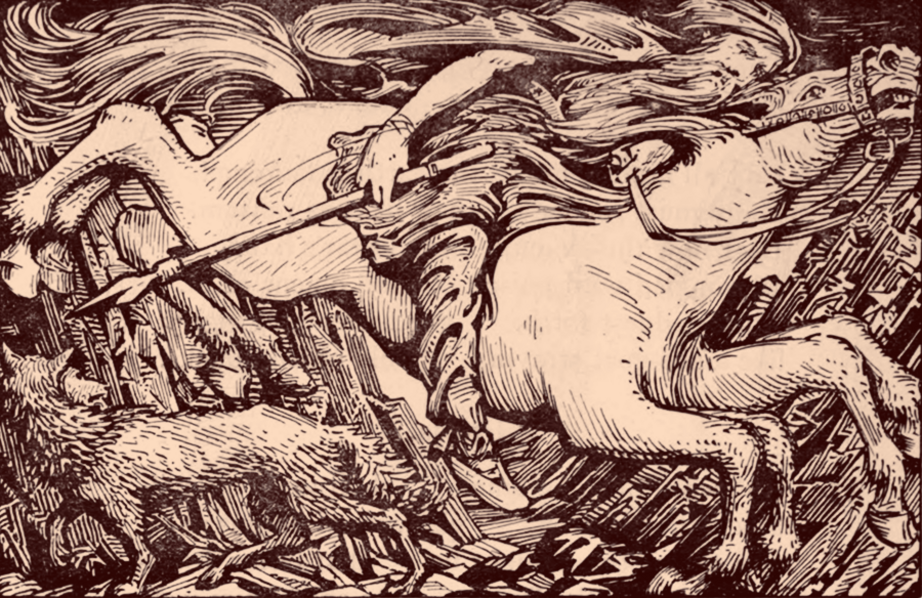 “Odin Rides to Hel” (1908) by W. G. Collingwood.
“Odin Rides to Hel” (1908) by W. G. Collingwood.
The number also points to Abraxas according to his research, as his name symbolized the sphere of the amulet. Suddenly his discovery, although esoteric, opened many doors towards new associations and symbolic meanings, too many to spell out here, but I will bring to attention some revealing examples:
Firstly, anyone speaking Scandinavian languages will know that the word “UR” means beginning, Ur-tid (the beginning of time) Ur-folket (the first peoples) – a properly fitting attribute to the “first” rune now Ur-uz. Also in German it is Ur-knall (big bang), Urzeit (the primeval time).
In the Semitic old alphabets, they begin by a letter Aleph, which was called ox, or cattle, the etymology of this word comes from the Greek Alphabet’s first letter “A”, called alfa. Thurs, rune number two has the meaning of “troll, thurs,” the number two has been regarded as the demonic number: Diabolo, Duality, Conflict. The rune Ansuz has now the value 3, which he called to represent the trinity of the three Gods: Odin, Vile, and Ve.
Moreover, the one association that is noteworthy in particular is the famous rune sequence I mentioned earlier: ALU – the symbols represents the runes Ansuz, Laguz, and Uruz, and when you associate ALU with its new “Uthark” numbers you disclose: (Ansuz for 3, Lagu for 20, and Ur for 1) 3+20+1 = 24: the total number of runes for the whole rune row, making the three runes potent magically and desirable in rune carvings.
Again and again, we meet this combination to get to the number 24 in magical carvings, for example in the “Lindholms amulet” we get other runes underlying with the number 24 such as 8 Ansuz runes (3×8) = 24, or 3 Tiwaz runes 16×3 = 48 which is 2×24.
The numerical value of all the runes cut into the entire amulet is 216, this includes the number 24 nine times; what’s more, the number of runes on the amulet is 24.
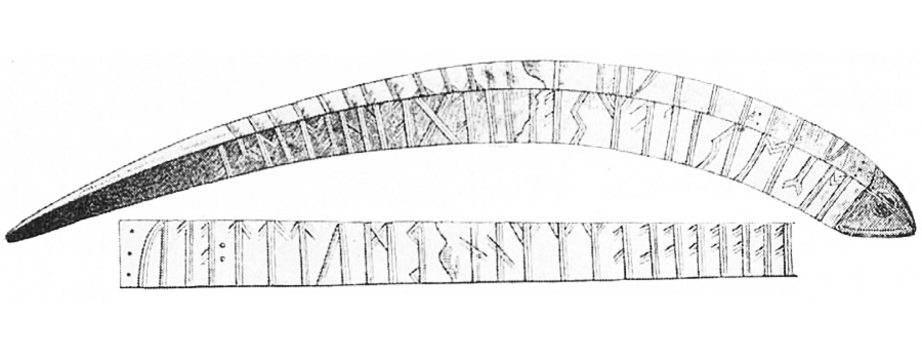 Drawing of the Lindholm Amulet.
Drawing of the Lindholm Amulet.
In my own research for this article, I stumbled upon how the number 216 was used in Darren Aronofsky’s film Pi, the main character found a hidden code in the Universe which was a 216 digit number. But aside from a fictional film, the concept of a 216-letter name of God is revealed from existent Jewish belief. The 216-letter name of God—the Shem HaMephorash— is extracted from three verses 19, 20, and 21 in the Exodus: each verse being 72 letters long (72×3=216). Another interesting point which should not go without mentioning is that when you multiply 6x6x6 you arrive at the total of 216.
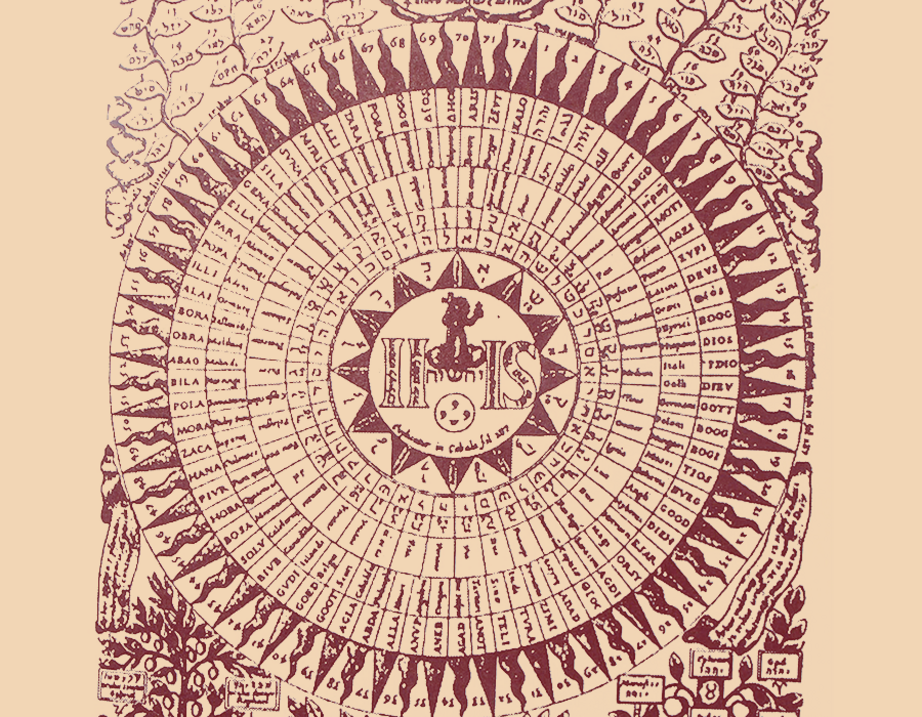 Shem HaMephorash
Shem HaMephorash
The Raido rune now becomes number four: Raido has an etymological meaning of carriage/chariot and here we get a striking conformity with the Meithras symbol of the four-horse carriage, whose holy number is four. Thor was also called the “Chariot God” in Norse Mythology. Devotees in his sanctuary in Trondheim offered to him always “four” pieces of bread. He was also the protector of the “four” directions.
The whole Uthark rune row now has new associations and each one of them Prof. Argell highlights through his work and study.
The craftsmanship and skill of those who made these amulets would have been highly developed in the magic of number symbology. Prof. Argell in his studies also practiced “gematria” which is the Kabbalistic method of interpreting scriptures by computing the numerical value of ancient words and names, similar to what I referred to earlier.
One evening he conducted an experiment with the numerological and magical tools he had at his disposal of the famous number 666. He summarized the numerology of the names of the Roman Emperors (through their original names in scripture): Nero, Galba, Otho, Vitellius, Vespasianus, Titus, and Domitianus and the summary number of their original names, using this ancient method of numerology he claimed was 616.
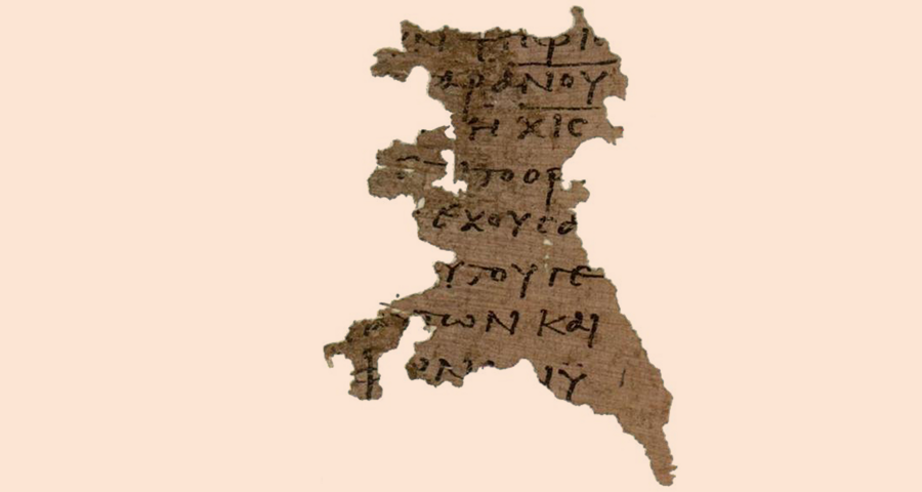 This volume of Oxyrhynchus Papyri contains a fragmentary papyrus of Revelation which is the earliest known witness to some sections (late third / early fourth century). One feature of particular interest is the number that this papyrus assigns to the Beas
This volume of Oxyrhynchus Papyri contains a fragmentary papyrus of Revelation which is the earliest known witness to some sections (late third / early fourth century). One feature of particular interest is the number that this papyrus assigns to the Beas
He argued through his findings that 616 was an alternative number and as recent as 2005, long after his passing, a fragment of papyrus 115 was revealed, containing the earliest known version of that part of the Book of Revelation and where it was discussing the “Number of the Beast” — it disclosed the number 616 as the original number.
What Professor Argell shows us is that when manipulating symbols such as the runes and their underlying meaning we are thrown into many associative possibilities, and many are striking and mystical. In history, we have been driven to the use of symbols to explain a chthonic reality, a reality revealed by the symbol. In the case of today’s science, we use numbers to quantify and prove a thesis, numbers make it credible:
Numbers exist as powerful symbols to point to a reality.
When the ancient magicians conducted their spells, they added the numbers behind the sign and gave it a symbolic wholeness and meaning.
 The futhark on the Vadstena bracteate.
The futhark on the Vadstena bracteate.
But as it is with much material relating to magical writings and practices, it is impossible to have a clear overview of all this, it stays occult (hidden) after all and that it where it will always remain. However, the fragments we are left with point to a large piece of our ancient history, a history that is fascinating to explore and I am sure many new findings will take place in the future.
Prof. Agrell was, predictably, under criticism from the more practically minded academics during his time. But whatever the most logical and academic of rune scholars say about him, no one can ignore his extraordinary discovery of the Uthark rune-row.

